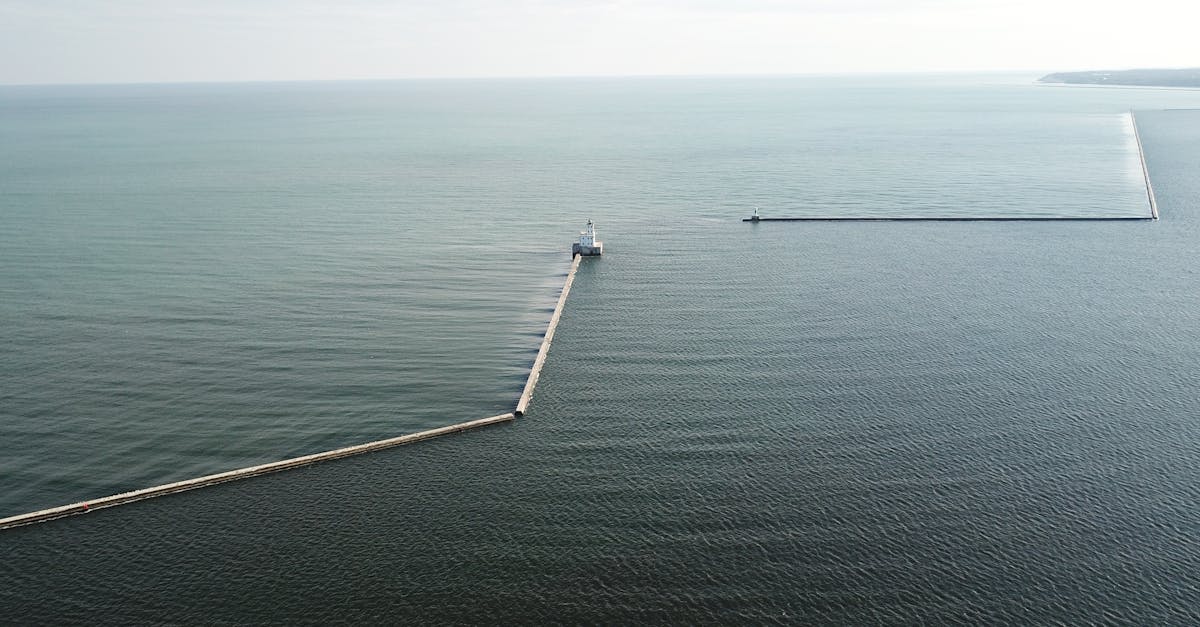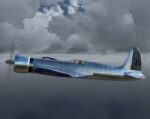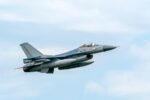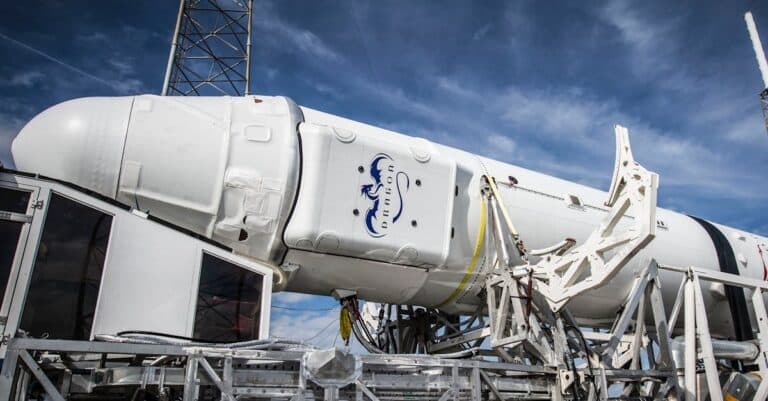A air refueling is a complex and strategic operation that involves transferring fuel from a tanker aircraft to a receiving aircraft at high altitudes. This technique proves crucial for extending the range of fighter jets, bombers, and other aircraft, thus enabling longer and bolder missions. In an operational context where responsiveness and range are essential, air refueling becomes an invaluable strategic asset for modern air forces, ensuring increased air coverage and enhanced operational power.
Table des matières
ToggleWhat is air refueling and why is it essential for modern aviation?
Air refueling, also known by the English term air refueling, is a complex and vital procedure in the field of aviation. It involves transferring fuel from a tanker aircraft to a receiving aircraft, whether it be a fighter, a bomber, or a helicopter. This process allows for the extension of aircraft autonomy, thereby increasing their operational range and their capacity to carry out prolonged missions without needing to land for refueling.
Air refueling has been practiced for several decades and was developed to meet the growing demands of military and civilian missions. Thanks to this operation, airplanes can remain airborne longer, which is especially crucial in the context of strategic missions or surveillance. The importance of this technique is even more evident during combat operations, where logistical support in flight can determine the outcome of a mission.
There are several air refueling systems, mainly grouped into two categories: the probe and drogue system and the flying boom system. The former is usually used by the air force, where a boom operator extends a hose that connects to the receiving aircraft, while the latter is more common in aircraft such as the Boeing 707 and is particularly suited for fighter jets. This diversity of systems reflects the constant technological evolution in the field of aerospace.
One of the major challenges of air refueling is the skill level required to carry out this maneuver. Pilots must be highly trained and possess quick reflexes to maintain precision in the often turbulent conditions of flight. The collaboration between the tanker aircraft and the receiving aircraft is also crucial, necessitating perfect synchronization and coordinated teamwork.
Air refueling plays a vital role in modern aviation for several reasons. First of all, it increases the sustainability of air operations. By reducing the need for frequent stops for refueling, aircraft can focus on their primary mission, whether it is sorties for military operations or humanitarian interventions.
Moreover, this capability optimizes the use of air resources. Indeed, it reduces the number of aircraft needed to accomplish a given mission, thereby alleviating pressure on logistical chains. For military transport aircraft, such as the A330 MRTT, having this refueling function is particularly beneficial for the strategic flexibility of the military.
From an environmental perspective, studies show that air refueling can also contribute to fuel savings for commercial airlines. By optimizing passenger transport in flight, this process could reduce carbon emissions and improve the energy efficiency of airlines. Research such as the RECREATE project funded by the EU aims to further explore these considerable benefits.
In conclusion, air refueling is not just a technical maneuver; it is a key element for the success of modern aerial operations. Whether for military or civilian issues, this technique thus helps ensure the efficiency, flexibility, and sustainability required for the proper functioning of aircraft in contemporary skies.

FAQ about Air Refueling
Q: What is air refueling?
A: Air refueling
is the process that allows the transfer of
fuel
from a tanker aircraft to a
receiving aircraft
in flight, thus increasing its autonomy and operational range.
Q: Why is air refueling essential for modern aviation?
A: It is crucial for allowing military aircraft to conduct
prolonged missions
without having to land for refueling, which improves their
operational capability
and strengthens air sovereignty.
Q: What types of aircraft are involved in air refueling?
A: Primarily, specialized tanker aircraft
like the KC-Z or the A330 MRTT are involved in the process, but also
fighter jets
and other aircraft capable of receiving fuel.
Q: How does an air refueling operation unfold?
A: The operation requires precise
coordination
between the tanker aircraft and the receiving aircraft, which must align closely to allow safe fuel transfer, even at
high speed
Q: What challenges are faced during air refueling?
A: Challenges include the need to
master the flight technique
in close formation, as well as managing environmental conditions that can affect the stability of the aircraft during the operation.
























